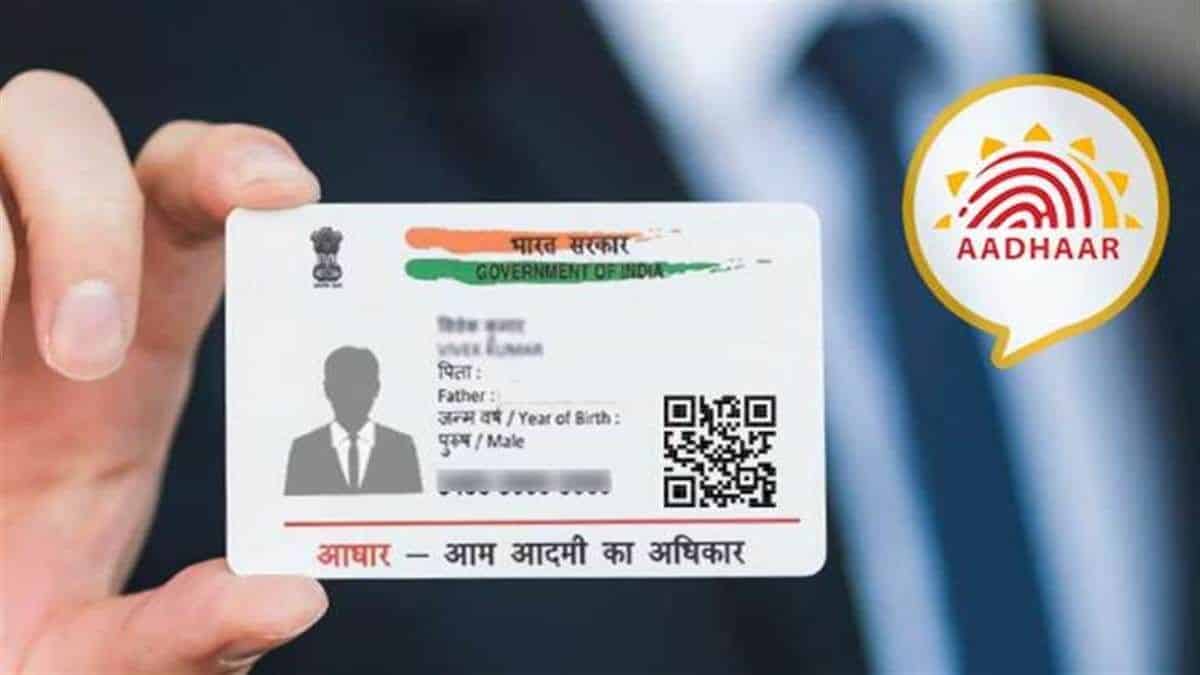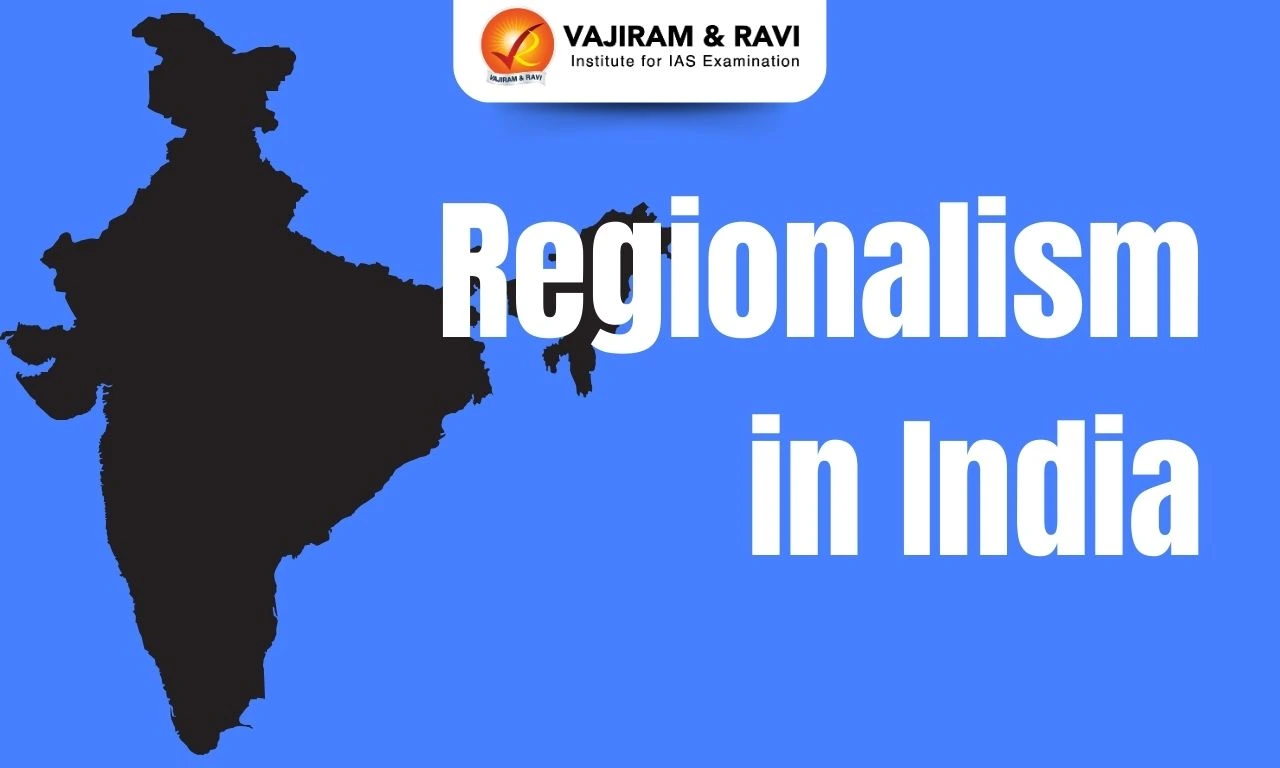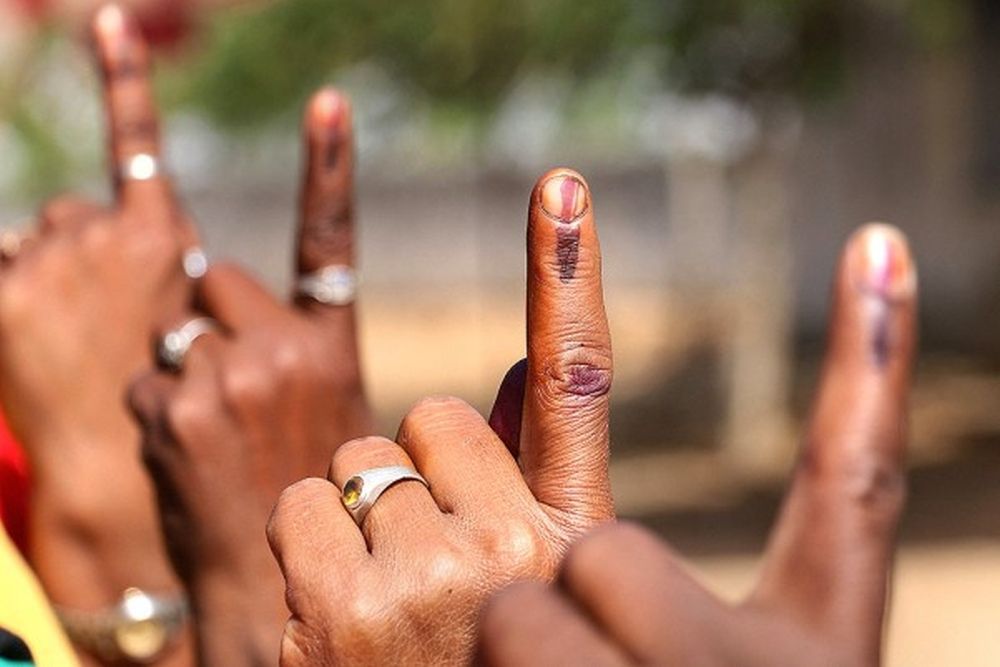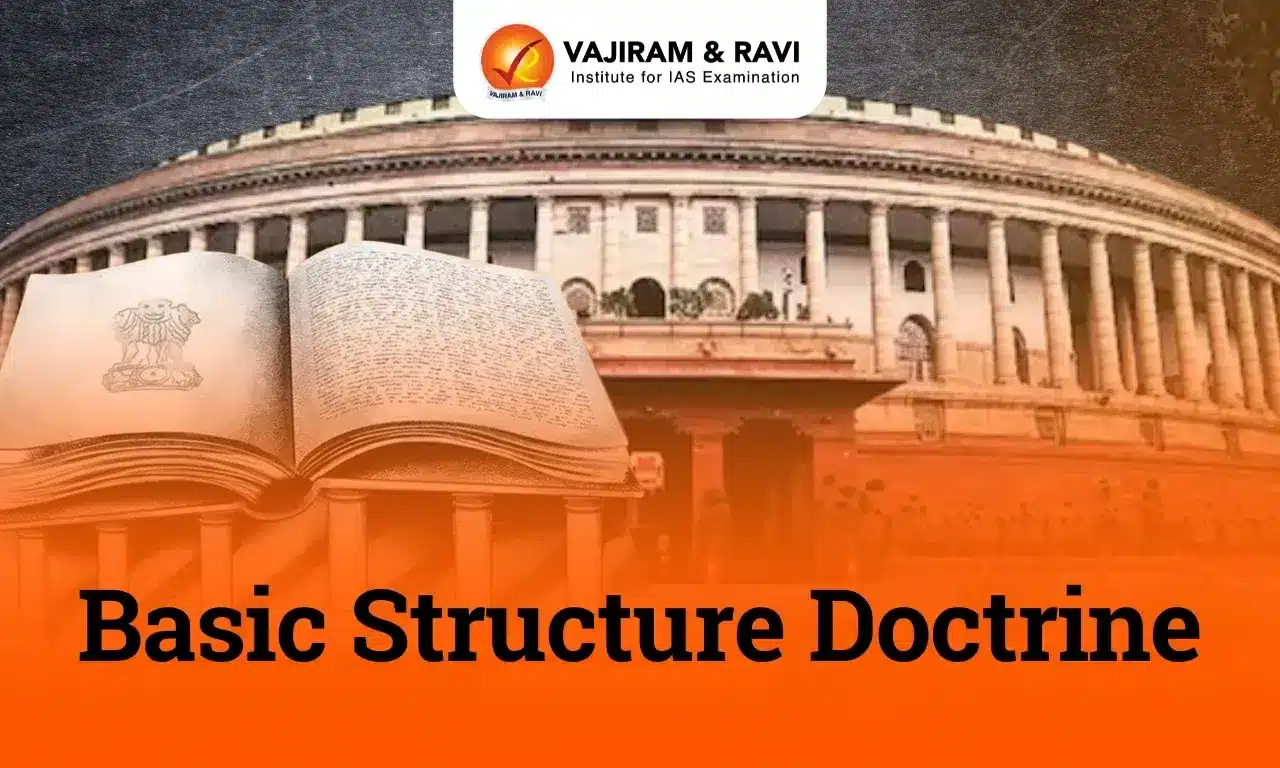What is Aadhaar?
Aadhaar is a 12-digit unique identification number issued by the Unique Identification Authority of India (UIDAI) to every individual resident of India.
- It serves as proof of identity, which is linked to the individual’s biometric and demographic information.
- The Aadhaar programme was launched in 2009 by the UIDAI with the goal of providing a unique and verifiable identity for every resident of India.
- It is now mandatory for a number of government services and is also being used by private companies for identification purposes.
More than 133 Crore Aadhaars have been issued as of April 2022. 99.9% of adults in India have an Aadhaar card. Since its inception Aadhaar Card has helped bridge the digital divide and helped in the smooth roll-out of various government direct benefit transfer (DBT) schemes.
What are the significant provisions of the Aadhaar Act 2016?
The Act has several salient features, including
- Applicability: Every resident is eligible to receive an Aadhaar number by providing their demographic and biometric information.
- UIDAI: The Act established the Unique Identification Authority of India (UIDAI) as a statutory authority under the Ministry of Electronics and Information Technology to issue Unique Identification numbers (UID), named “Aadhaar”, to all residents of India.
- Unique to everyone: The Aadhaar number assigned to an individual is unique and cannot be given to another person. It is a randomly generated number unrelated to the holder’s attributes or identity.
- Safety and privacy: UIDAI is responsible for ensuring the safety and privacy of the information it holds by taking necessary measures to protect it.
- Restricted sharing: The sharing of Aadhaar numbers and related information is restricted and cannot be made public except for specific reasons outlined in regulations.
- Punishment and fine: Unauthorized access to the Aadhaar database can result in a penalty of imprisonment for up to 3 years and a minimum fine of Rs. 10 lakhs, including revealing any information stored.
- Cognizance by courts: A court can only take notice of any offense related to the Aadhaar Act after a complaint has been filed by the UID authority or an authorized person by it.
How does UIDAI ensure the safety and security of the Aadhaar?
The Unique Identification Authority of India (UIDAI) has implemented a number of measures to ensure the safety and security of Aadhaar data. These include
Virtual Aadhaar(Virtual ID)
- Virtual ID(VID) is a temporary, revocable 16-digit random number mapped with the Aadhaar number. VID can be used in lieu of an Aadhaar number whenever authentication or e-KYC services are performed.
- Authentication may be performed using VID in a manner similar to using Aadhaar number. It is not possible to derive Aadhaar number from VID.
Masked Aadhaar
- Mask Aadhaar option allows you to mask your Aadhaar number in your downloaded e-Aadhaar.
- Masked Aadhaar number implies replacing of first 8 digits of the Aadhaar number with some characters like “xxxx-xxxx” while only the last 4 digits of the Aadhaar Number are visible.
OTP-based authentication
- OTP (One Time Password) based authentication is an alternative method for verifying an individual’s identity using Aadhaar.
- Instead of using the individual’s biometric data or a physical Aadhaar card, OTP-based authentication uses a one-time password that is sent to the individual’s registered mobile number.
Tokenization of Aadhaar
- UIDAI has introduced tokenization within the Aadhaar authentication system. UID Token is returned as part of every authentication, which is the unique token for that Aadhaar number holder within that agency.
- This Token will be unique for each Aadhaar number for a particular entity.
What is the significance of Aadhaar?
There are various benefits and points of significance of Aadhaar, which include
- Facilitating the delivery of government services and benefits: Aadhaar can be used as a proof of identity and address for accessing government services such as LPG subsidy, MGNREGA wages, and pension.
- Reducing fraud and leakage in government welfare programs: Aadhaar helps eliminate fake and duplicate identities, thereby reducing fraud and leakage in government welfare programs.
- Facilitating financial inclusion: Aadhaar can be used as proof of identity for opening bank accounts and getting a SIM card, which can help to increase financial inclusion in India.
- Making it easier to verify the identity of an individual: Aadhaar can be used as a unique identification number for various purposes, such as verification of PAN, voter ID, and passport.
- KYC verification: Aadhaar is also a good idea for KYC(Know Your Customer) for financial institutions; it will make the process more efficient and cost-effective and eliminates the need for multiple documents for the same purpose.
What are the limitations and concerns related to Aadhaar?
There are several limitations related to the implementation of Aadhaar in India, including
- Biometric authentication: The system of biometric authentication utilizing iris scan and fingerprint scan is meant to provide accuracy, but in some cases, it may not achieve a 100% success rate in capturing the information. This may result in individuals having to repeat the process multiple times, which can be both tedious and time-consuming.
- Unreliable demographic details: The demographic information on an Aadhaar card is often not verified and can be unreliable, particularly the person’s age (date of birth).
- Security risks: There have been instances of data breaches and unauthorized access to the Aadhaar database, raising concerns about the security of the system.
- There is no process in place to confirm that Aadhaar holders in the country are ‘Residents’ as defined in the Aadhaar Act.
- Private entities in the country often require an Aadhaar card, and users share their details, but there is a lack of transparency on how these entities keep this data secure and private.
- Exclusions from social benefits: The government has linked welfare benefits with Aadhaar, leading to arbitrary exclusions if recipients do not comply with linkage instructions in a timely manner.
- Privacy: The Aadhaar database contains sensitive personal information, and there have been instances of data breaches and leaks. Also, government agencies have repeatedly put out Aadhaar data on public websites.
- Issue with Aadhaar metadata: The Aadhaar Act originally allowed for data storage for five years, but the Supreme Court has ruled that Aadhaar metadata can only be stored for six months.
- Requirement of Aadhaar in various services: There have been instances of the government and its agencies requiring an Aadhaar number as a prerequisite for accessing benefits or public services.
- Implications for poor and elderly: The Aadhaar process has faced challenges in registering labourers and the poor, who often have undefined fingerprints due to manual labor, as well as elderly individuals with dry hands or weak iris scans.
- There is a lack of informed consent regarding the uses of Aadhaar data.
- There is no option to exit the UIDAI database.
What are the various applications of Aadhaar?
Aadhaar is used in a number of government schemes and services, including
- Public distribution system (PDS): Aadhaar is used to authenticate beneficiaries and ensure that they receive their ration entitlements.
- Aadhaar-enabled payment system(AEPS): Aadhaar-based biometric authentication is used to enable transactions such as cash withdrawal, balance inquiry, and remittances.
- Direct benefit transfer (DBT): Government benefits such as LPG subsidies, pensions, and scholarships are transferred directly to the bank accounts linked to Aadhaar.
- Jan dhan yojana: Aadhaar is used to authenticate beneficiaries and open bank accounts under this financial inclusion scheme.
- Pension: Aadhaar is used to authenticate pensioners and ensure they receive their pension entitlements.
- Passport: Aadhaar is used as proof of identity and address for those applying for a passport.
- JAM trinity: It refers to the three government schemes of Jan Dhan Yojana, Aadhaar, and Mobile number, which have been launched by the Indian government to ensure financial inclusion and provide a platform for direct benefit transfer.
- Linking with voter ID: The Election Commission of India (ECI) has called for linking Voter ID cards with their Aadhaar under the Election Laws (Amendment) Act, 2021.
What are the supreme court’s observations regarding the constitutional validity of Aadhaar?
- 2018 SC judgement: The Supreme Court, in a constitution bench, upheld the constitutional validity of The Aadhaar (Targeted Delivery of Financial and Other Subsidies, Benefits, and Services) Act 2016
- The Court has determined that the design and regulations of Aadhaar do not establish a surveillance state.
- The Court has decided that the Aadhaar Act satisfies the criteria established in the privacy ruling to evaluate the reasonableness of any intrusion on privacy.
- The Court upheld the decision of the Lok Sabha Speaker to classify the Aadhaar Act as a Money Bill.
- The Supreme Court has upheld the use of Aadhaar for government services by applying the doctrine of proportionality.
- The Supreme Court has upheld the requirement of linking Aadhaar to PAN and submitting Aadhaar information while filing income-tax returns.
- For the registration of children under the Aadhaar Act, it is necessary to obtain the consent of their parents or guardian.
Last updated on April, 2025
→ UPSC Notification 2025 was released on 22nd January 2025.
→ The UPSC Vacancy 2025 were released 1129, out of which 979 were for UPSC CSE and remaining 150 are for UPSC IFoS.
→ UPSC Admit Card 2025 is expected to release in first week of May for CSE Prelims Exam 2025.
→ The UPSC Prelims 2025 is scheduled to be conducted on 25th May 2025 and UPSC Mains 2025 will be conducted on 22nd August 2025.
→ Apply once through it and aspirants can apply for various government exams conducted by UPSC.
→ The UPSC Selection Process is of 3 stages-Prelims, Mains and Interview.
→ UPSC Result 2024 is released with latest UPSC Marksheet 2024. Check Now!
→ UPSC Toppers List 2024 is released now. Shakti Dubey is UPSC AIR 1 2024 Topper.
→ Also check Best IAS Coaching in Delhi
Aadhaar FAQs
Q1. Who is eligible to enroll for Aadhaar?+
Q2. What is Aadhaar metadata?+















